Learn how to avoid common injuries. Keep scrolling for tips on the following:
- Keep seniors safe from falling
- Apres ski in the lodge and not the hospital: stay safe on the slopes
- Prevent children from getting severe burns
- Be water smart: drowning is preventable
- For safer winter driving on B.C. roads: install winter tires
Keep seniors safe from falling
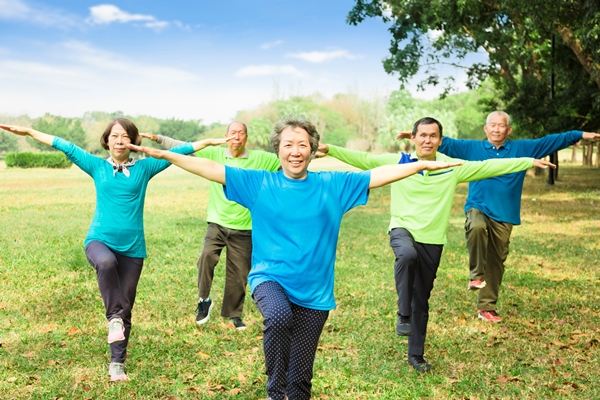
Is a senior in your life at risk of falling?
In British Columbia, falls are the number one cause of injury and death in seniors. While the highest percentage of falls are caused by simply slipping, tripping and stumbling, the good news is that falls are easy to prevent.
Tips to keep seniors safe
Stay active: A senior isn’t as likely to fall if they have strong muscles and good balance. Encourage activities that improve balance and mobility.
Have their eyes checked once a year: Vision impairments are a leading cause of falls. Eyes should be checked by an optometrist at least once a year.
Check medications: Ensure your loved one checks in with their doctor or pharmacist and lets them know if their medications are making them drowsy or dizzy.
Make their home safer:
- Remove small throw rugs or use double-sided tape to keep the rugs from slipping.
- Keep items in cabinets that are easy to reach.
- Have grip bars installed in the shower or bath.
- Use non-slip mats in the bathtub and on shower floors.
- Place a lamp close to the bed where it’s easy to reach.
- Install night lights.
- Ensure rooms, halls and staircases are well lit.
- Wear shoes with good rubber soles inside and outside the house. Avoid going barefoot or wearing loose slippers.
You can learn more about how to prevent a fall at the SeniorsBC website.
For additional resources, visit the BC Injury Research and Prevention Unit fall prevention website.
Apres ski in the lodge and not the hospital: stay safe on the slopes
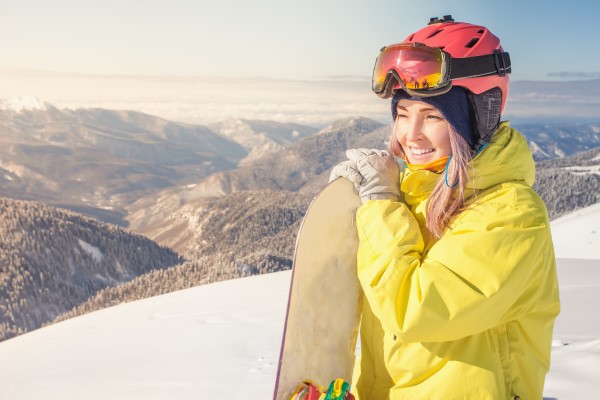
According to B.C’s provincial trauma registry, of the five popular winter sports, the greatest amount of injuries leading to hospitalization in British Columbia happen to skiers and snowboarders.
From 2017 to 2021, the average number of injuries leading to hospitalizations for skiers and snowboarders far surpass the numbers for other popular winter sports.
2017-2021 average number of injuries leading to hospitalization
- Hockey: 55
- Ice skating: 52
- Snowmobiling: 75
- Toboggan: 21
- Skiing/snowboarding: 478
Tips for reducing injuries on the slopes
- Wear a helmet
- Avoid excessive speed or reckless behaviour
- Stay in bounds, observe signs and warnings and keep off closed trails
- Stay in control and ski or snowboard within your abilities.
- Remember that people ahead of you have the right-of-way
- Whenever starting downhill or merging, look uphill and yield
- Watch out for ice, obstacles, other people and trees
- Learn about tree wells and how to reduce your risk
Before you hit the slopes
- When getting your skis or snowboard tuned, ask the shop technician to take it easy when sharpening the edges. Extremely sharp edges can cut through clothes and lacerate skin.
- Add the ski hill emergency number to your cell phone contacts list. If you need to use it, the emergency operator will dispatch ski patrol right away and get you a faster response than if you send someone for help or wait for a passerby.
- Pack a whistle. This way if you end up hurt or in a tree well you can make noise to get attention.
Learn more tips at the
Active and Safe website.
Prevent children from getting severe burns
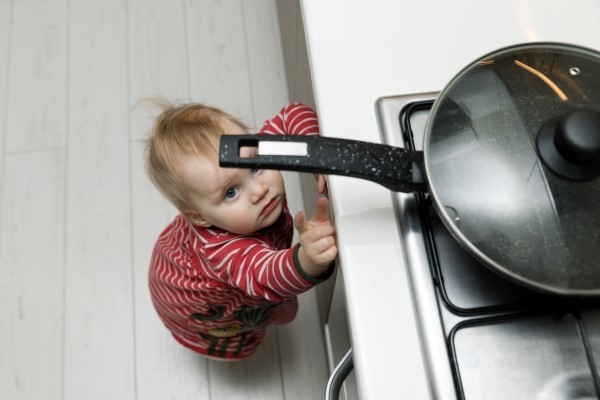
Children under age five are most at risk of severe burns. Statistics from 2016 and 2017 show that of the 4500 severe burns seen in emergency departments across British Columbia (B.C.), the largest group was children under the age of five. Almost 700 children aged 0 to 4 were admitted to emergency departments across B.C. with severe burns. The most common cause? Hot water scalds and contact with hot objects.
At 60°C (140°F) it takes less than five seconds to get a third degree (full thickness) burn. And that’s not as hot as beverages such as tea, hot chocolate and coffee, which are generally served at temperatures between 71.1°C (160°F) and 85°C (185°F).
Tips to help keep kids safe from hot water scalds
- When using water taps, turn COLD water on first. Then add HOT water and adjust the temperature. Reverse the order when turning water off: HOT water first, then the COLD water.
- Always test young children’s bath and sink water before using. When bathing children, never leave them unattended as they may turn on the hot water or slip in your absence.
- Turn the handles of your pots and pans inward, over the stove, away from the reaching arms of a child.
- Learn more
child burn prevention safety tips at the Burn Fund website.
Be water smart: drowning is preventable
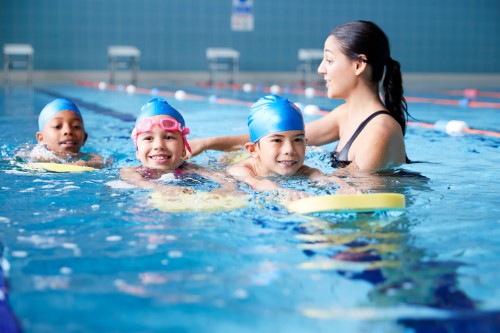
Drowning can happen quickly and quietly. Over 70 British Columbians die in preventable water-related incidents each year. In B.C., the greatest number of drowning deaths occur among males. Of the near-drowning survivors, 20 per cent sustain permanent brain damage.
“You have to respect the water, because ultimately it’s a hazard,” said Susie Skoda, a lifeguard and coach based in Vancouver. “So many drowning incidents are preventable. People take risks because they don’t recognize that the water is a hazard.”
Tips to be water smart to keep you and your loved ones safe
-
Learn to swim: Enrol yourself and your child in swimming lessons.
-
Build a fence: Have a self-closing, self-latching gate to surround all pools, including inflatable pools.
-
Supervise children: Make sure children are well supervised by responsible adults at all times in and around water.
-
Boating safety: Always wear a lifejacket when in a boat.
-
Learn CPR: Know lifesaving techniques.
-
Stay sober in, on and around the water: Refrain from using alcohol before or during swimming or boating activities.
Learning activities
The
Lifesaving Society has prepared some Water Smart Learning Activities to help you be water smart:
For safer winter driving on B.C. roads: install winter tires
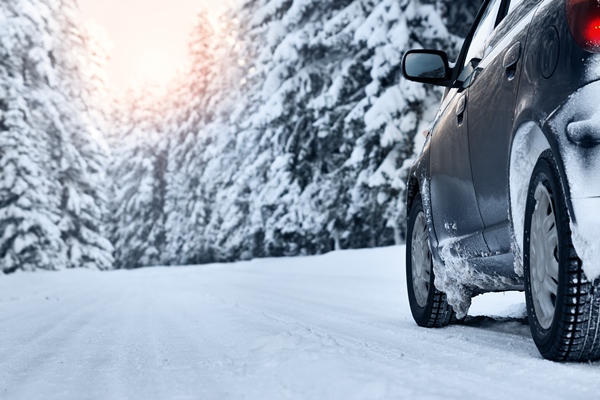
Motor vehicle crashes are the second biggest cause of traumatic injury in British Columbia.
Tip to stay safer on roads in B.C winters
- Put winter tires on your vehicle.
In fact, in B.C., the law requires winter tires – with the mountain snowflake or with the M+S (mud and snow) symbol – on most highways between October 1 and April 30. Going without proper winter tires on designated B.C. highways can cost you a fine of $121.
Winter tires: what makes them different?
The braking distance of a winter tire can be up to two vehicle lengths shorter than an all-season tire at 24 km/h in both wet and dry conditions.
How is that possible? Winter tires are made of rubber that stays softer in the cold, with treads designed to grip ice and snow. The rubber in all-season tires starts to harden when the temperature drops below 7C. The harder it gets, the less traction tires have.
If you’re planning to travel on certain highways in B.C., including the North, the Interior, the Sea to Sky Highway on the South Coast and the Malahat on Vancouver Island, ensure your vehicle is equipped with winter tires.
If you operate a commercial vehicle, you are required to carry chains and use them when a mandatory chain-up is in place.
Learn more
Get more information on winter tire regulations and winter driving preparation at the
Shift into Winter website.
See a
province-wide map of highways designated for winter tires.

